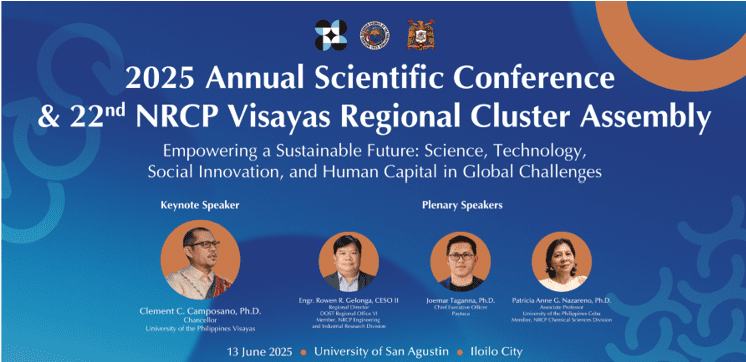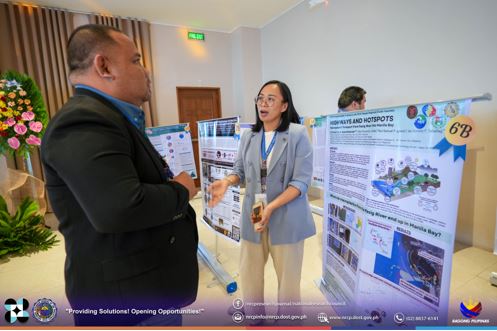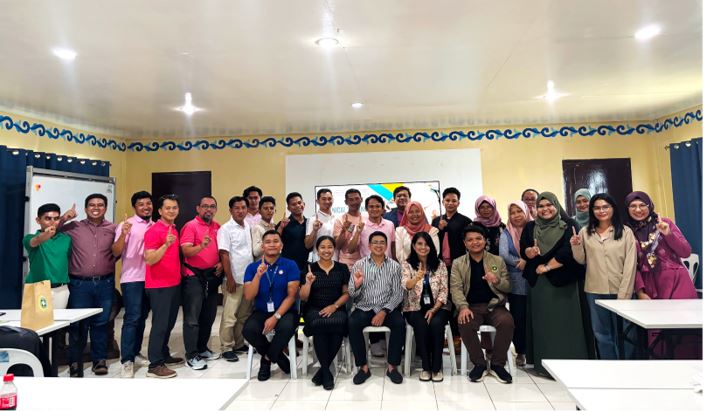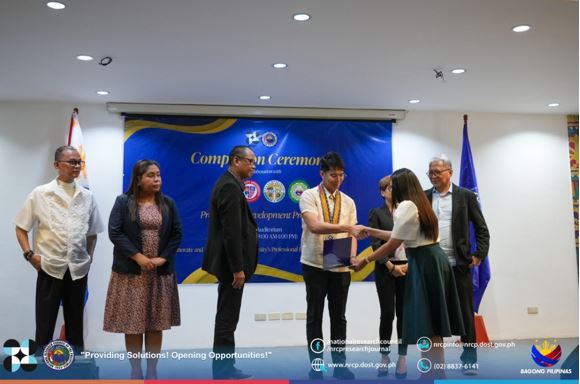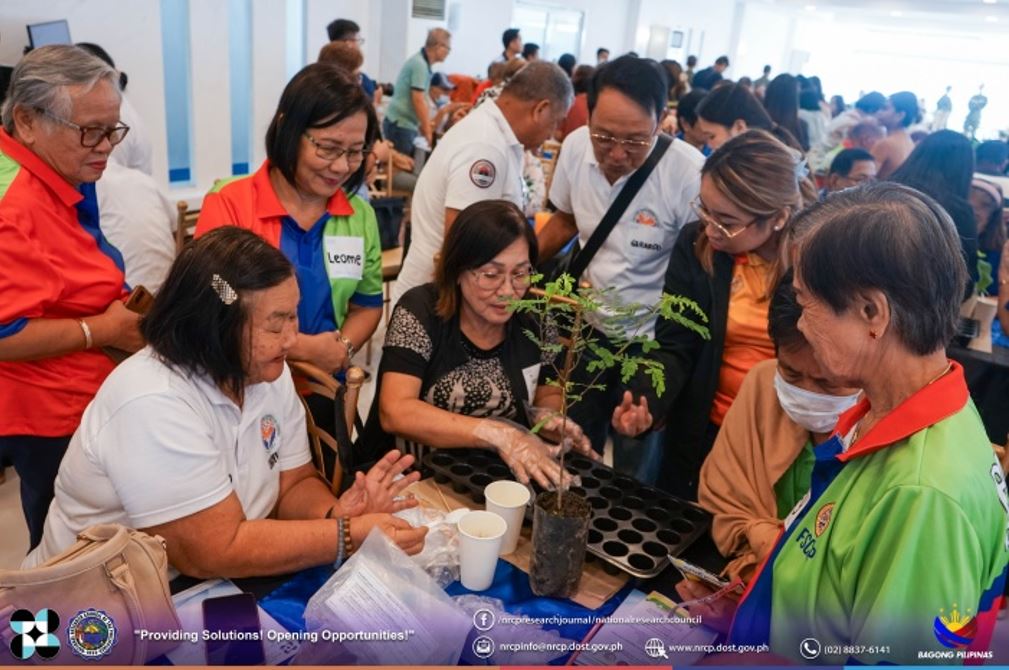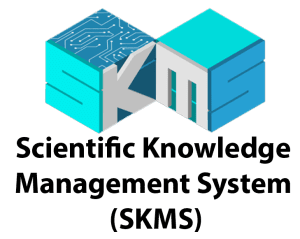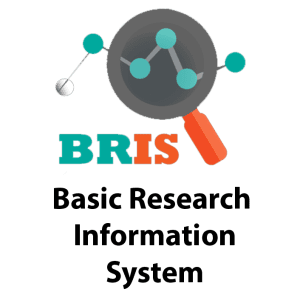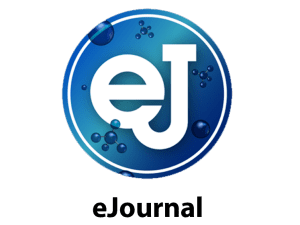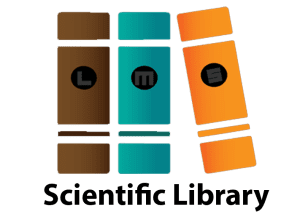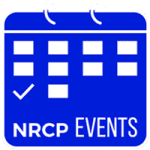Rehabilitation of all mined-out areas, possible, DOST - NRCP researcher says
“We can rehabilitate any mined-out areas in the Philippines.”
This is the response of Dr. Nelly Aggangan, lead scientist of the Department of Science and Technology-National Research Council of the Philippines’ (DOST-NRCP) banner program “Greening Mined-out Areas in the Philippines (GMAP),” when asked if there is any specific type of mine tailings that their team cannot rehabilitate using the NRCP and BIOTECH developed microbial technology.
GMAP is an ongoing NRCP-funded project which successfully worked on the re-greening efforts of the 35-year abandoned copper mined-out area in Mogpog, Marinduque.
The Marinduque Bioremediation Protocol, which was established through GMAP, intends to address any environmental damage from mine operations, such as habitat destruction, soil degradation, and water pollution.
Emer Gestiada, an associate member of NRCP and a team member of Aggangan, added that the Marinduque Bioremediation Protocol can be adopted in rehabilitating mined-out areas in the Philippines irrespective of the kind of heavy metals present, as long as the protocol is strictly followed.
Bioremediation is a cost-efficient and effective approach to bringing mined areas back to life, and renewed productivity using helpful soil microorganisms.
“This bioremediation protocol using microbial technology is the key to its [GMAP] success,” said Gestiada.
This scientifically-proven and safe alternative to rehabilitate mined-out areas used 6-monthold native seedlings with microbes. These native plant species are lahi-lahi, narra, and mangkono.
The use of indigenous species instead of invasive or exotic species for reforestation can prevent possible harm to native species present in the area.
From abandoned mined-out area, NRCP replicated the established protocol in two other active mining sites: the Taganito Mining Corporation (TMC) in Claver (Nickel mined-out area) and the Manila Mining Corporation (MMC) in Placer (Gold mined-out area), as experimental areas in Surigao. In less than three-years of working on these rescued sites, native plants with microbes have grown tall.
Aggangan is hopeful that through this study, other mining companies will reach out for rehabilitation of mined-out areas.
“With our goal to re-green mined-out areas in the country by 2033, we are looking for partners in the regions to implement GMAP in other areas.”
In 2025, the team of Aggangan will rehabilitate some mined-out areas in Palawan and Leyte. To cover more sites, their team is looking for more partners and collaborators, specifically NRCP Division of Agriculture and Forestry regular members to implement the study in other areas.
At present, there are 21 mined-out areas in the country, with GMAP being currently implemented in Surigao and Cebu.
This study, Greening Nickel and Gold Mined-out Areas in Claver and Placer, Surigao, Mindanao, were presented to the House of Representatives during the two-day 4th NRCP-Congress policy research forum for public policy development held recently.
The photo collage below shows the growth of the three (3) native plants namely narra, lahi-lahi, and mangkono using microbes after being planted in the experimental sites for 29 months in TMC and 19 months in MMC.


Ricardo P. Mira of the House of Representatives’ Congressional Policy and Budget Research Department (CPBRD), during the delivery of his response as reactor in the 4th NRCP-Congress policy research forum, expressed support to the GMAP program through the government’s stricter implementation of Philippine Mining Act of 1995. Aside from governing mining activities in the country, the Act also highlights the requirement for mining contractors to implement environmental protection and enhancement programs that involves rehabilitation of mined-out areas.
“The study of Dr. Aggangan will substantially help in improving the revegetation efforts of mining companies using effective and inexpensive measures such as the bioremediation protocol of GMAP,” Mira said.
He also added that with higher survival rate of trees, the government through the Mines and Geoscience Bureau (MGB) and the Department of Environment and Natural Resources (DENR) should replicate the GMAP project in all mined-out areas in the country.
The House Committees who were present in the forum recommended the updating of the Mining Act particularly to include definition of terms specifically ‘bioremediation,’ the technology used in greening mined-out areas, as well as the different plants used. It also suggested that Indigenous Peoples (IPs) be involved in the consultation, planning and during implemetation stage of every activity.
Aggangan, together with other researchers, scientists, and innovators are invited to join the Council for the 2024 Annual Scientific Conference and 91st General Membership Assembly on 12 March 2024 at the Philippine International Convention Center (PICC). (Jenny Leigh A. Daquioag, S&T Media Service)






